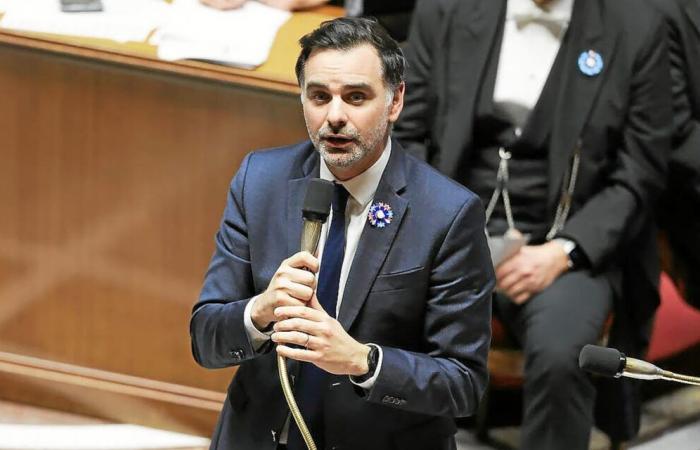Budget Minister Laurent Saint-Martin announced this Tuesday morning on RTL that he had “initiated a mission” from the General Inspectorate of Finance (IGF) on the subject “State purchases”. According to him “these are considerable amounts, and (their) effectiveness is an issue of good public management”.
The idea is to “understand how this central purchasing mechanism works”. “I want to optimize so that it costs less for taxpayers,” he assured, because “we cannot ask the French to participate in the collective effort and at the same time not be efficient in the management of funds public everywhere in the service of the State”.
-
2 In what context does this release take place?
While the slippage in public spending could cause a public deficit of more than 6% in 2024, the government of Prime Minister Michel Barnier is seeking solutions to restore finances. It has set itself the objective of reducing the public deficit to 5% next year, and to 3% in 2029, the limit tolerated by Brussels.
The Barnier government is therefore looking for 60 billion in savings (2% of GDP) for 2025 alone, including 40 billion in spending reductions. So, inevitably, the amounts disbursed in the operation of administrations will be scrutinized.
-
3 Why is he talking about considerable amounts?
A survey published at the end of October in Le Parisien put the annual bill (for communities, hospitals and other administrations) at… more than 150 billion euros in 2023. And noted that in stores, items (pens, chairs, etc.) were much less expensive than the equivalent offered in the catalogs of state purchasing centers.
The daily revealed, for example, that the 4-color BIC pen could cost 2.26 euros including tax in one of these catalogs, compared to 1.59 euros in a hypermarket. Another example, with these chairs at €68.68, ordered from a French manufacturer, which we find with the same characteristics at €14.99 each in a well-known Swedish brand.
A habit which does not fail to challenge Minister Laurent Saint-Martin on RTL: “When we see purchases of office supplies (…) being paid more than what we could have if we bought them ourselves at the supermarket, that raises questions.”
-
4 Why is it sometimes more expensive?
The Public Procurement Code, intended to prevent any corruption, forces local authorities to sometimes strict specifications. Beyond €40,000 of purchase, a call for tenders or a purchasing center is necessary. An environment that may imply poor value for money.
Because in this context, the constraints weigh: “Very often, companies which sell to the public authorities profit a lot because they have to invest in payroll to respond to the cumbersome procedures”, estimates François Geerolf, economist at Parisien. the French Observatory of Economic Conditions (OFCE).
-
5 What savings are possible?
A report from the General Inspectorate of Finance (IGF) from October 2023 cited by Le Figaro mentions up to 10% possible savings on community purchases alone, or nearly 5 billion euros. These are not “actually achievable” savings but an “order of magnitude” capping “expenditure optimization approaches”.
The communities, including the municipalities which represent 40% of purchases, nevertheless underlined, according to the IGF, “their need for professionalization in this area”, whether this be “the pooling” of good practices (use of common purchasing centers, group purchases) or “recourse to external advice”. Finally, the IGF also insisted on the fact that “one-off non-purchase strategies” could also offer results.






